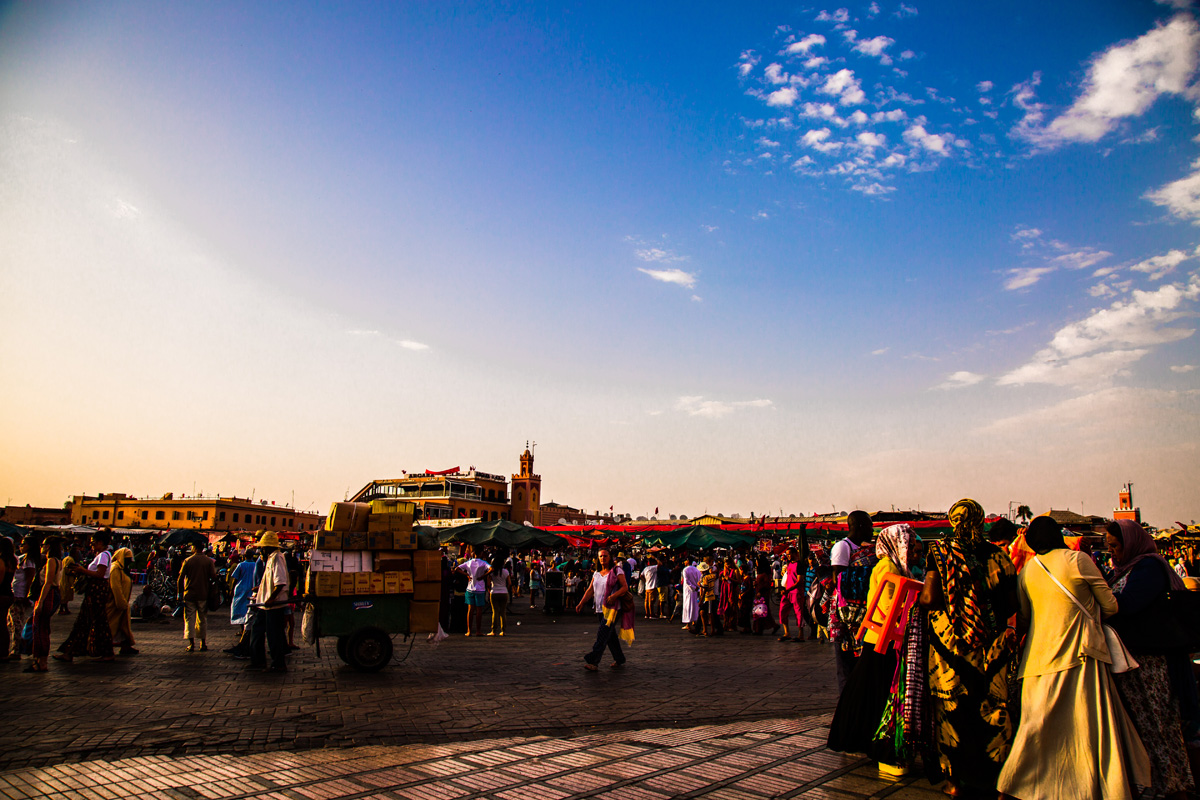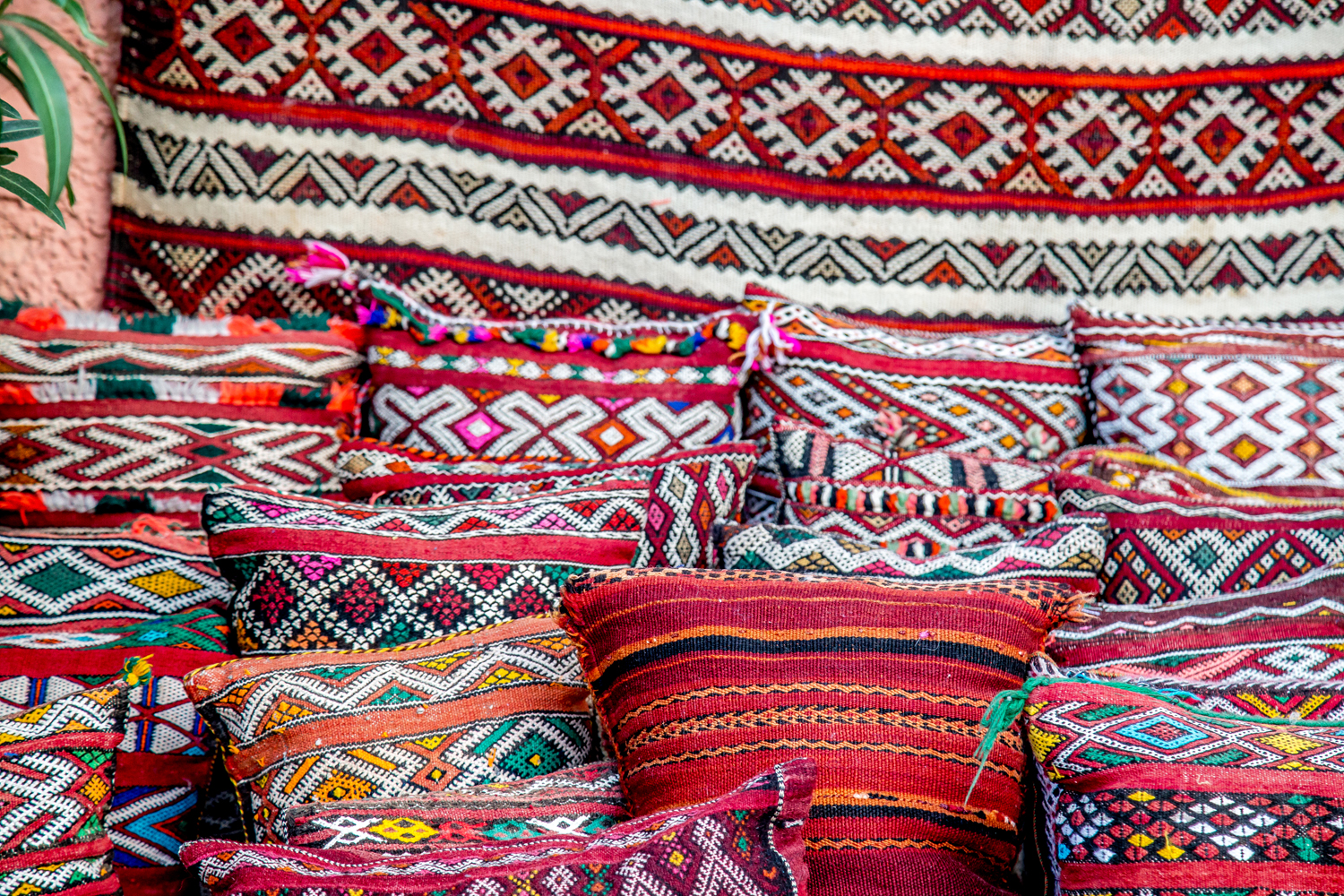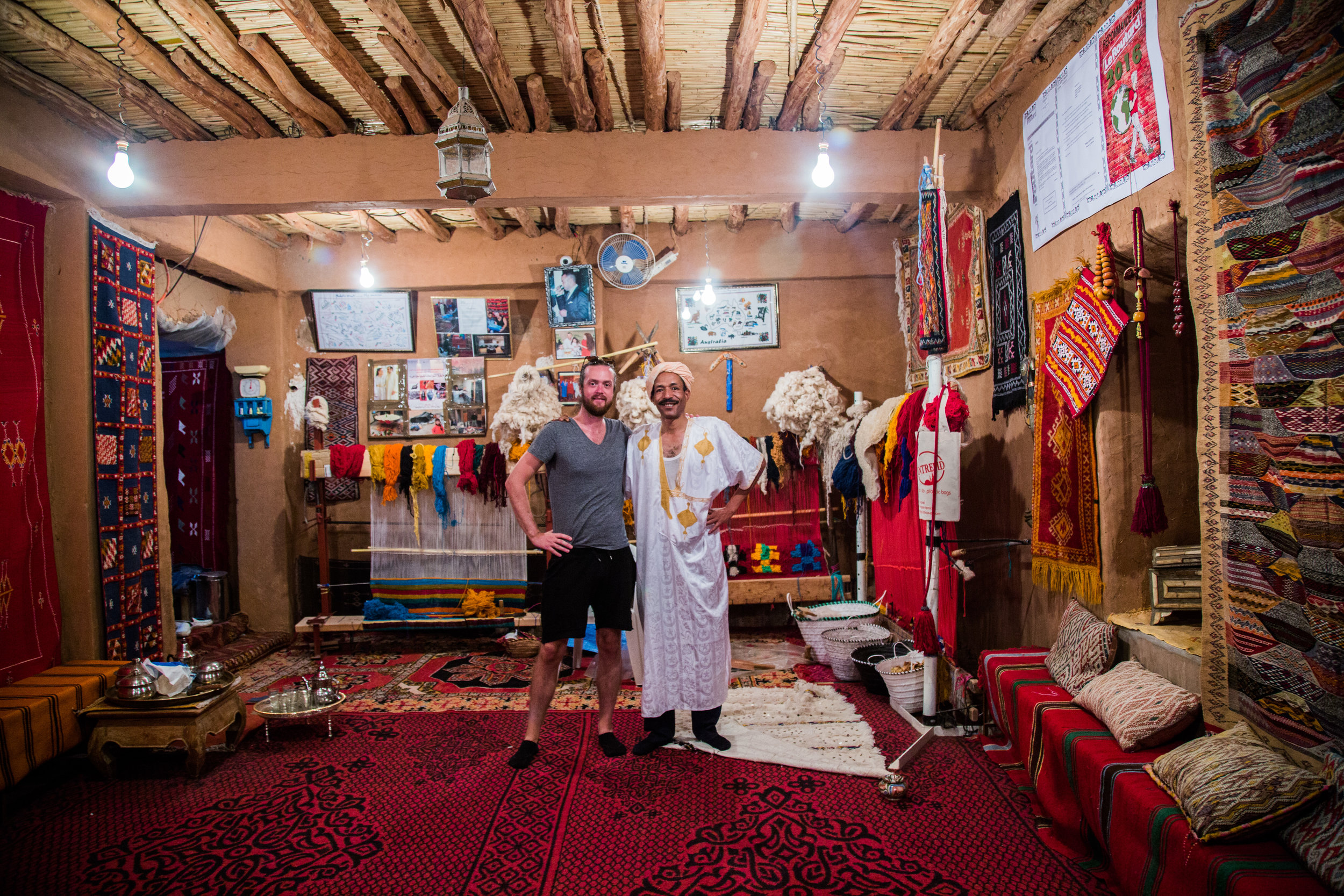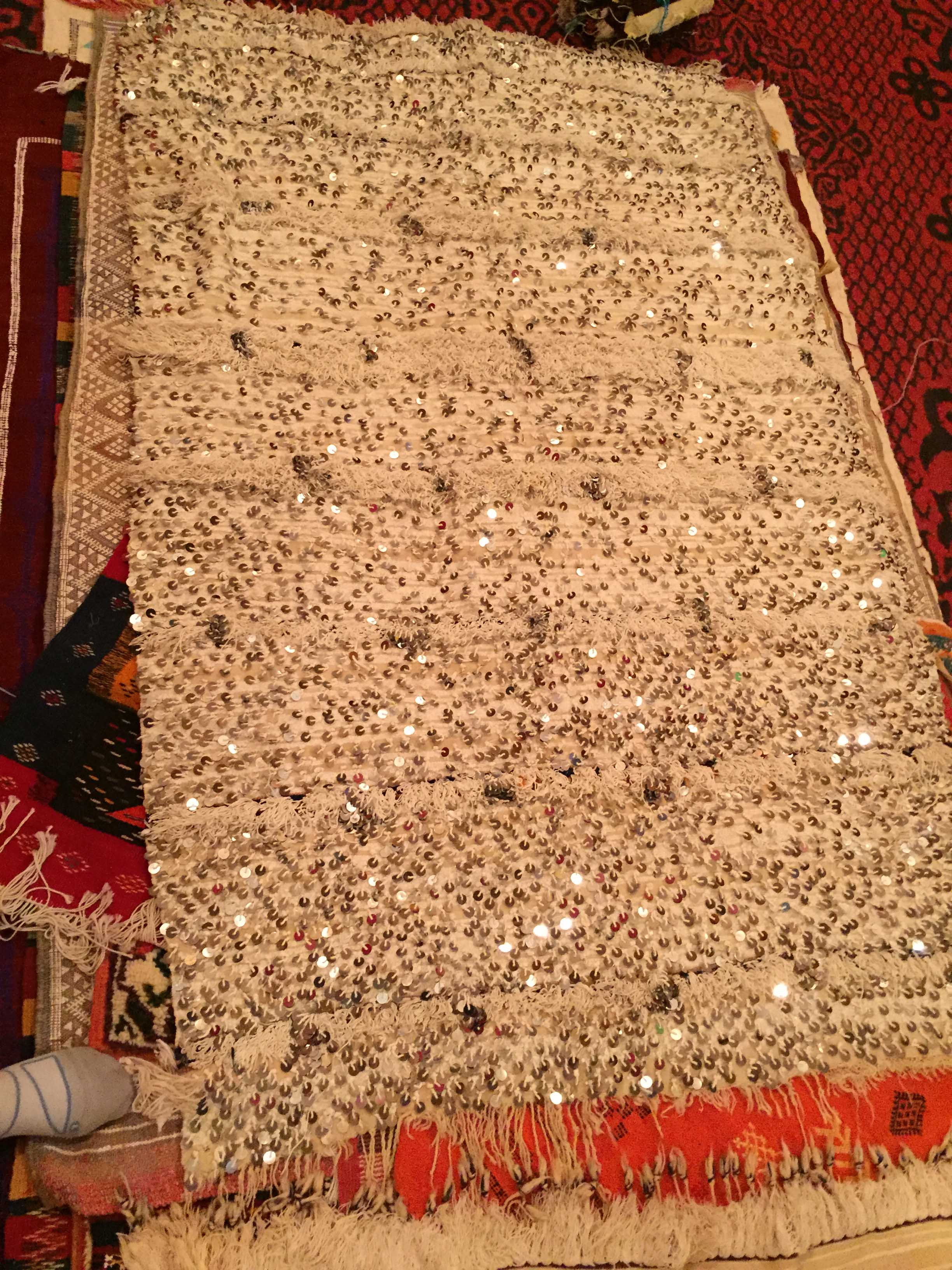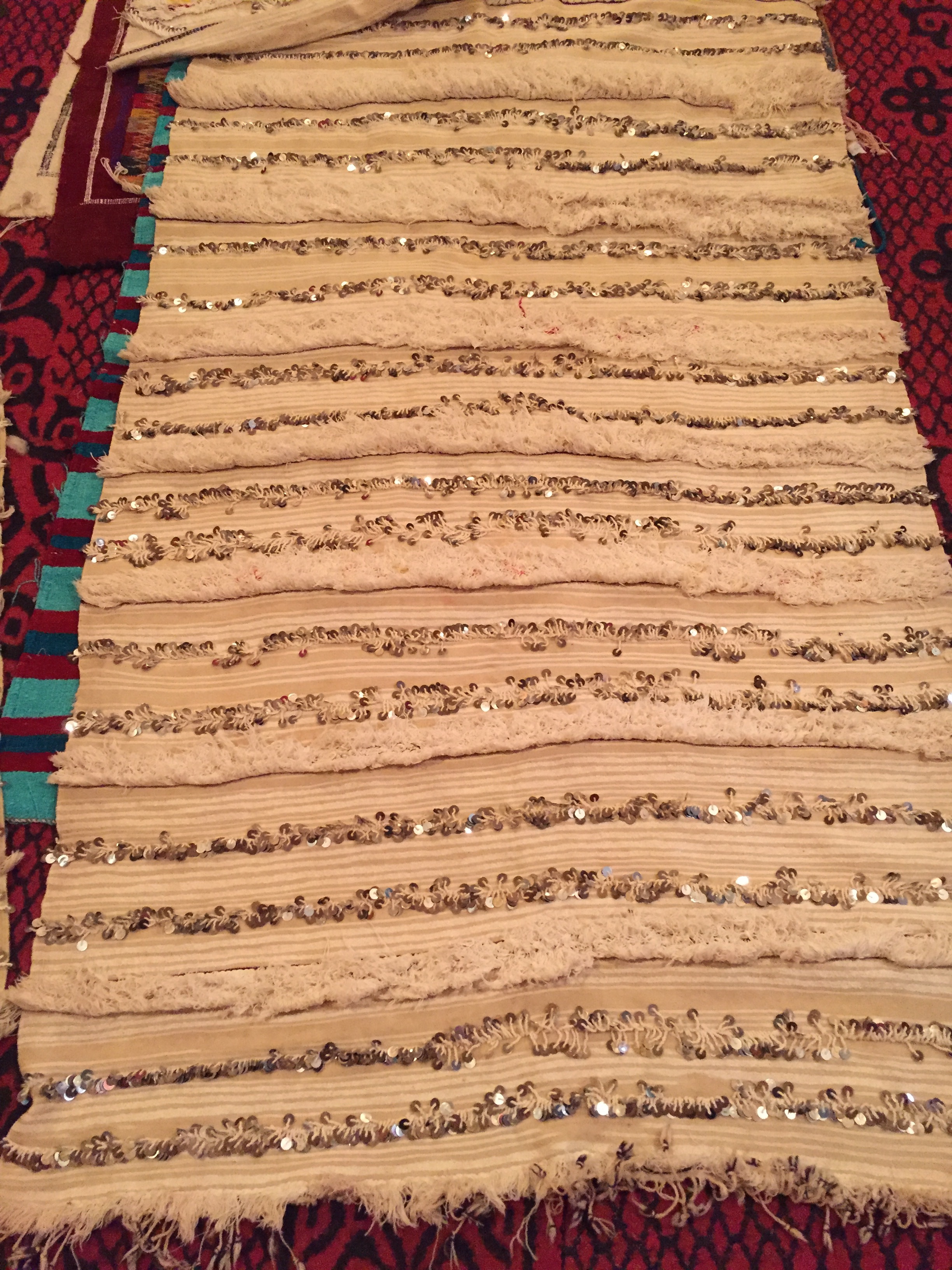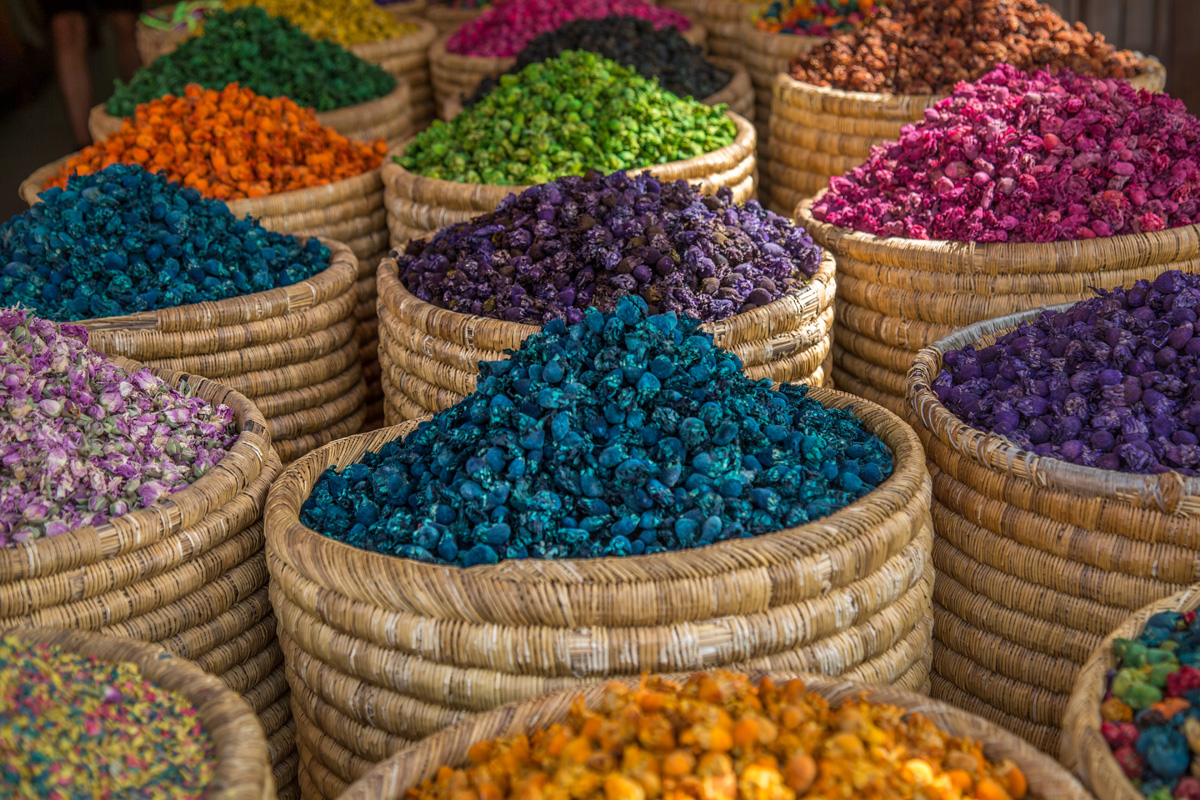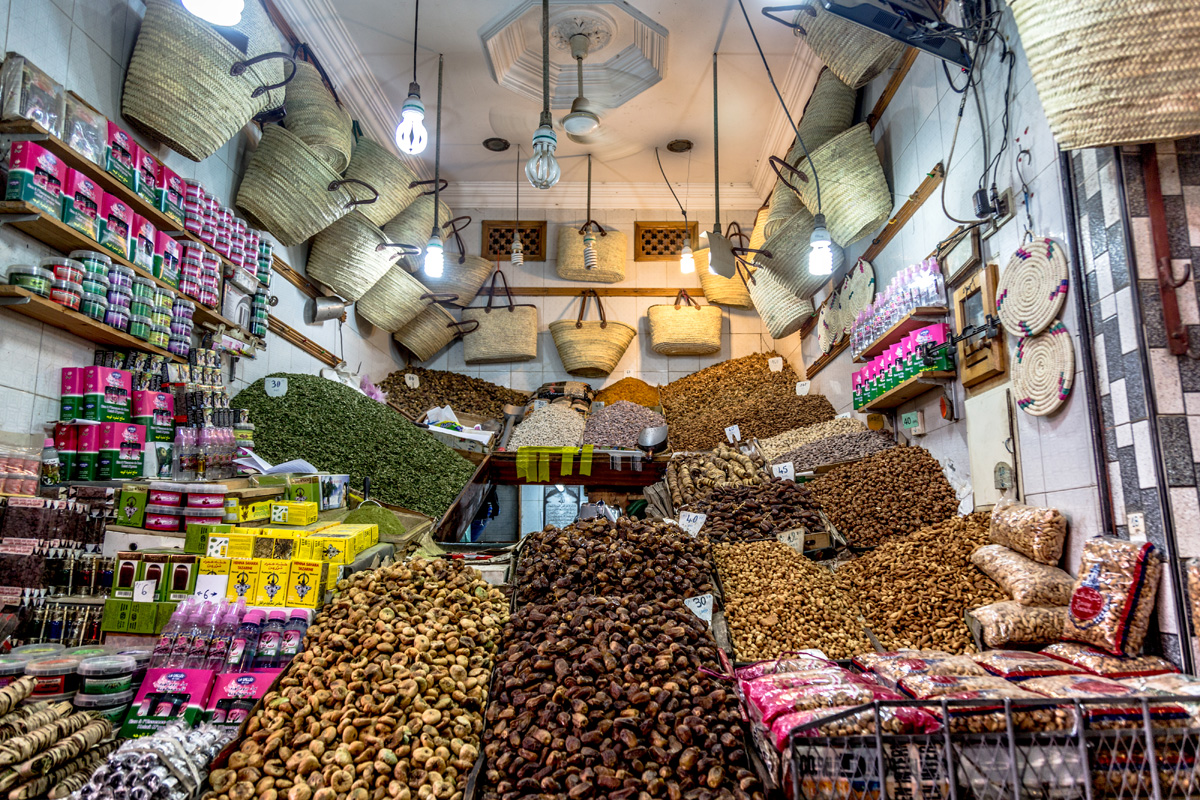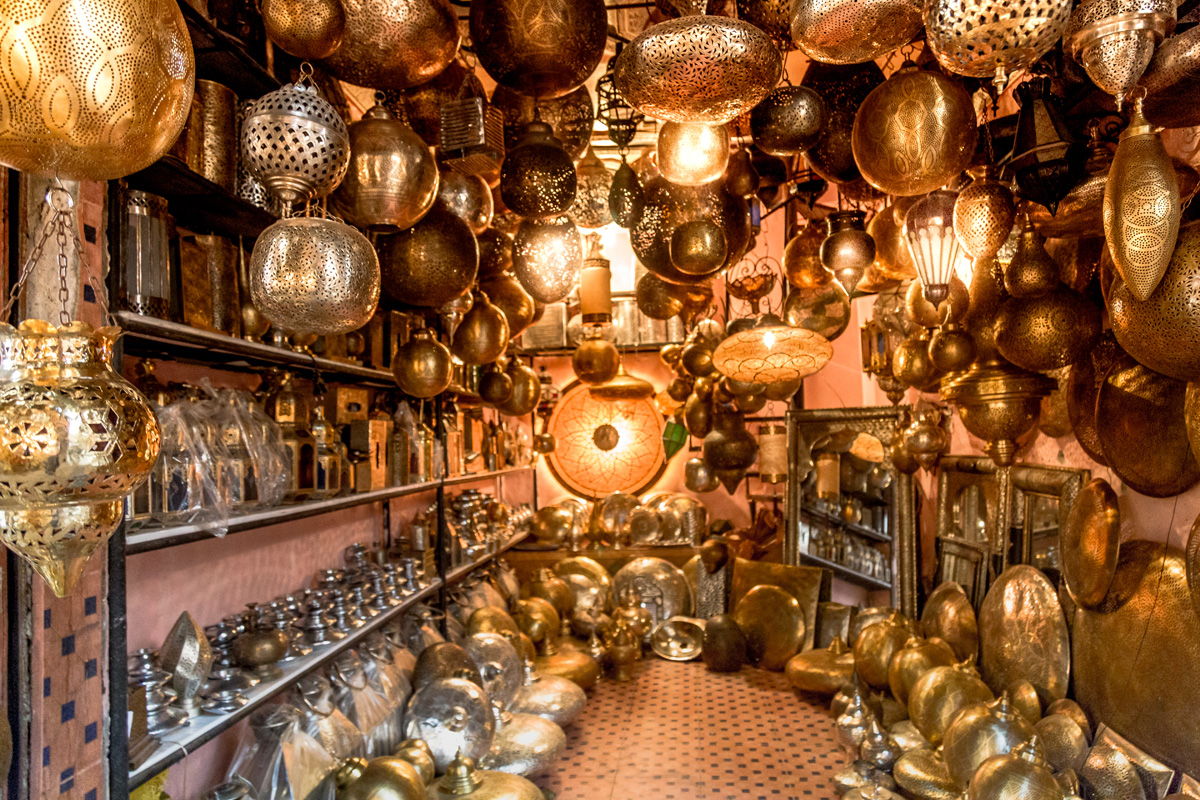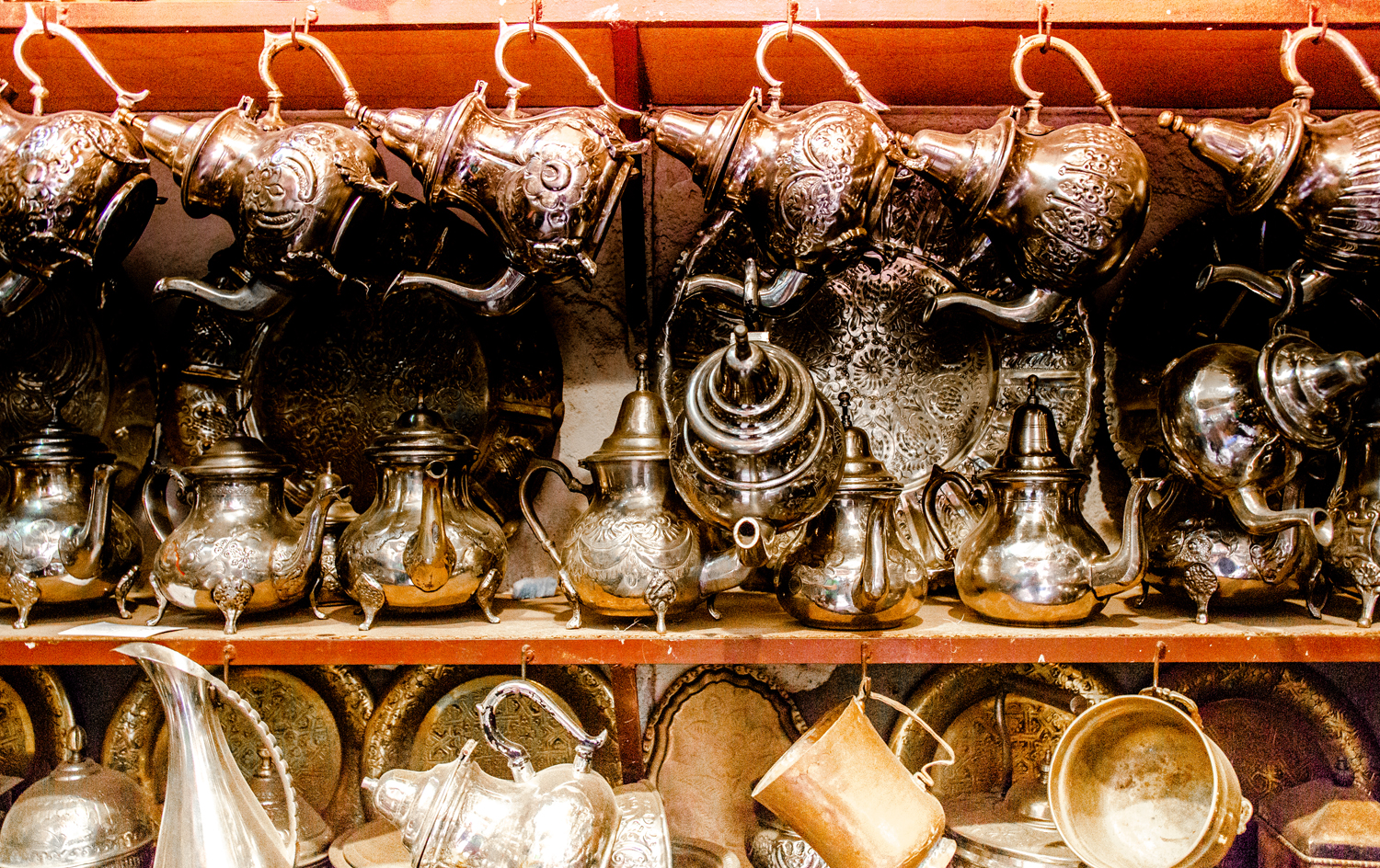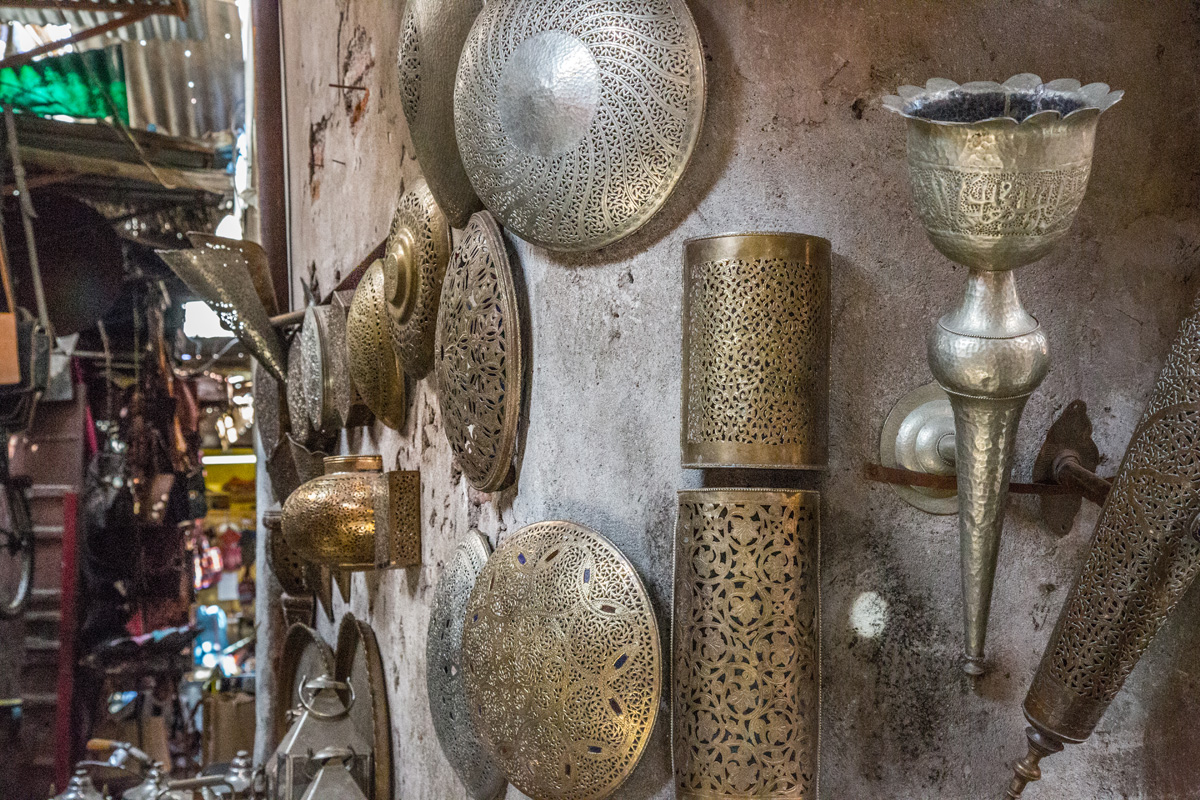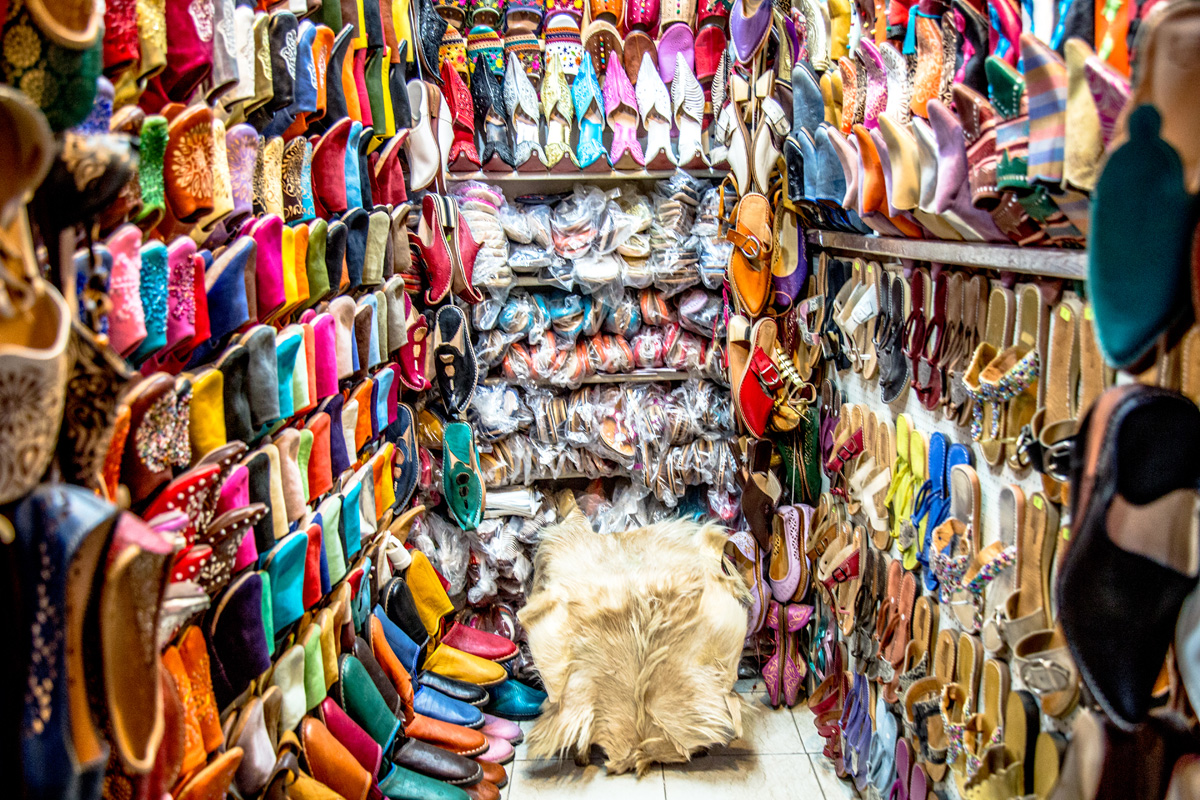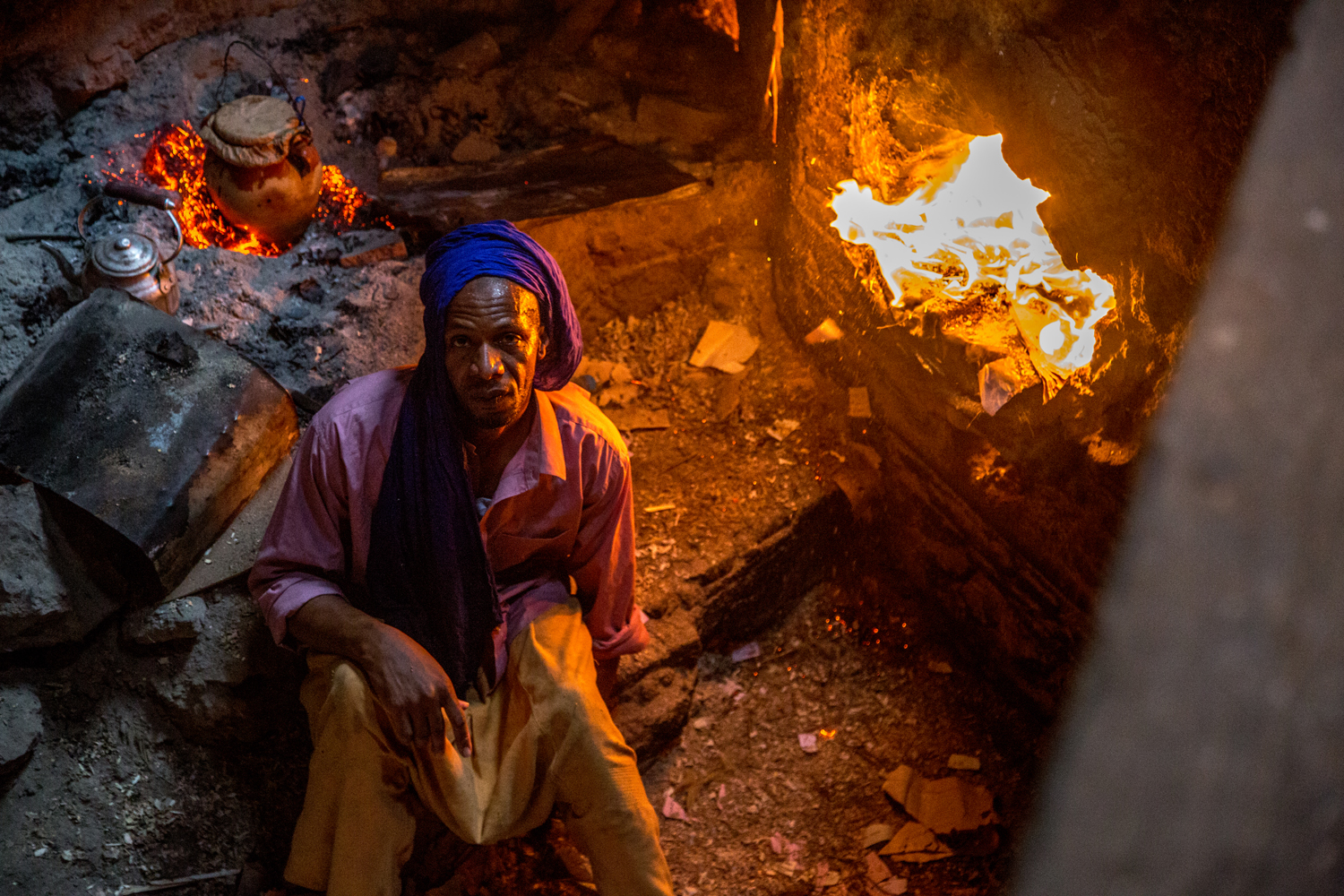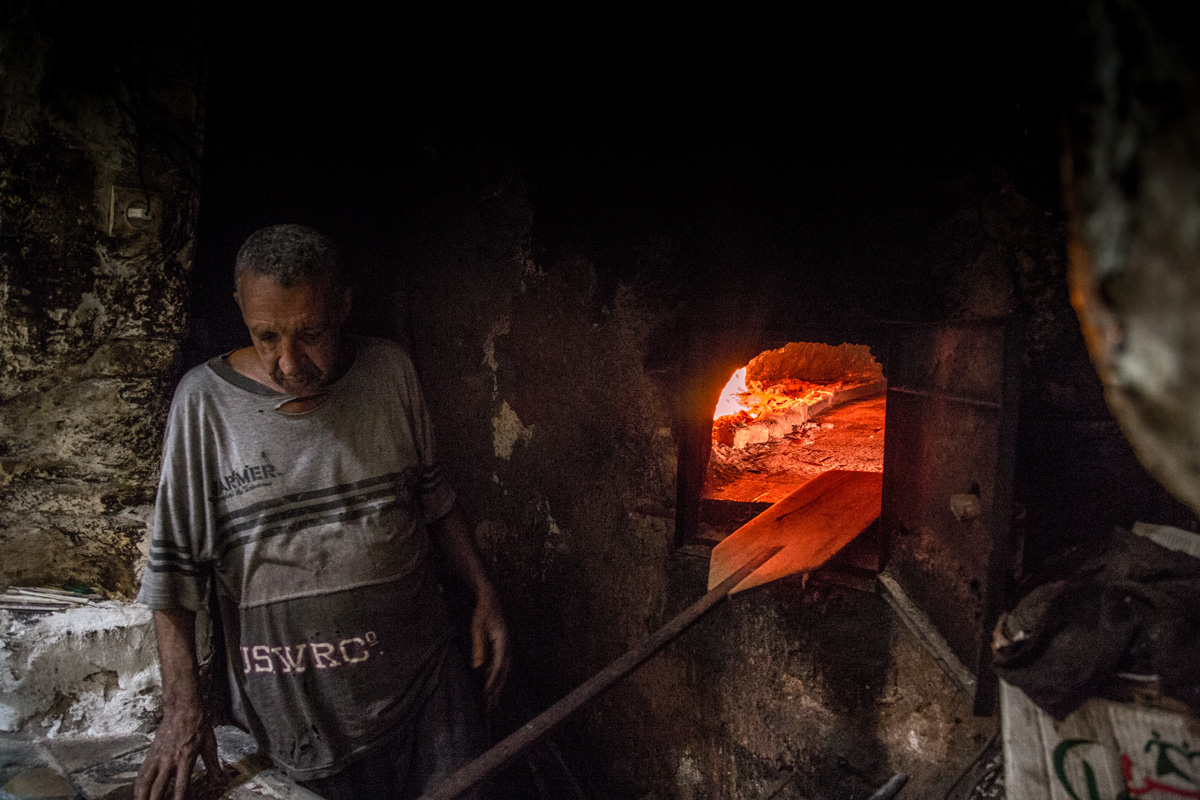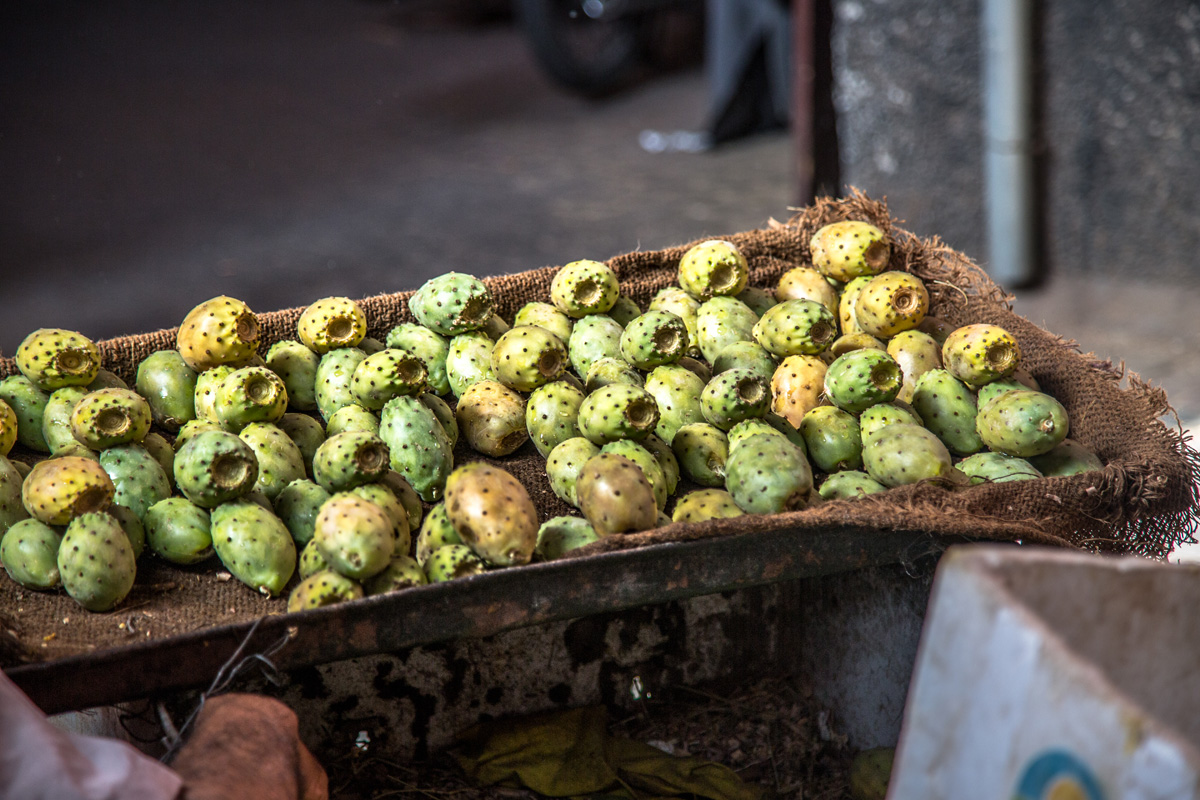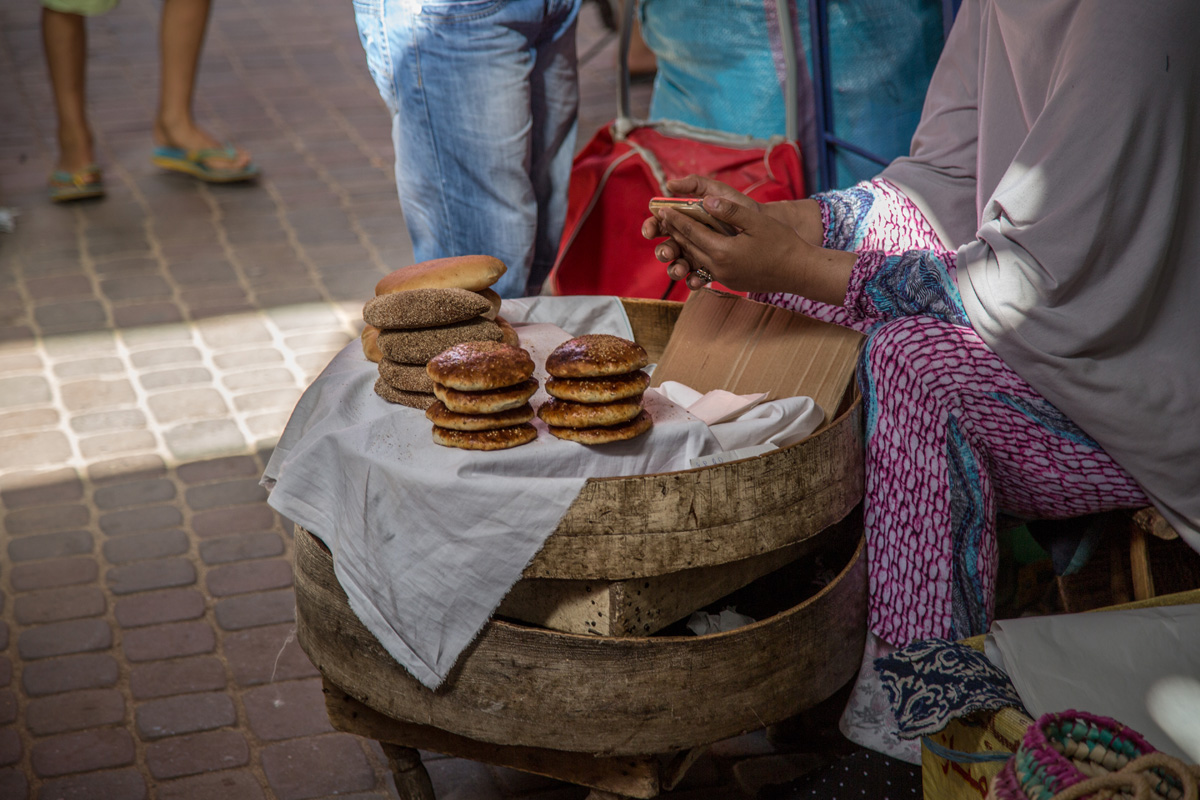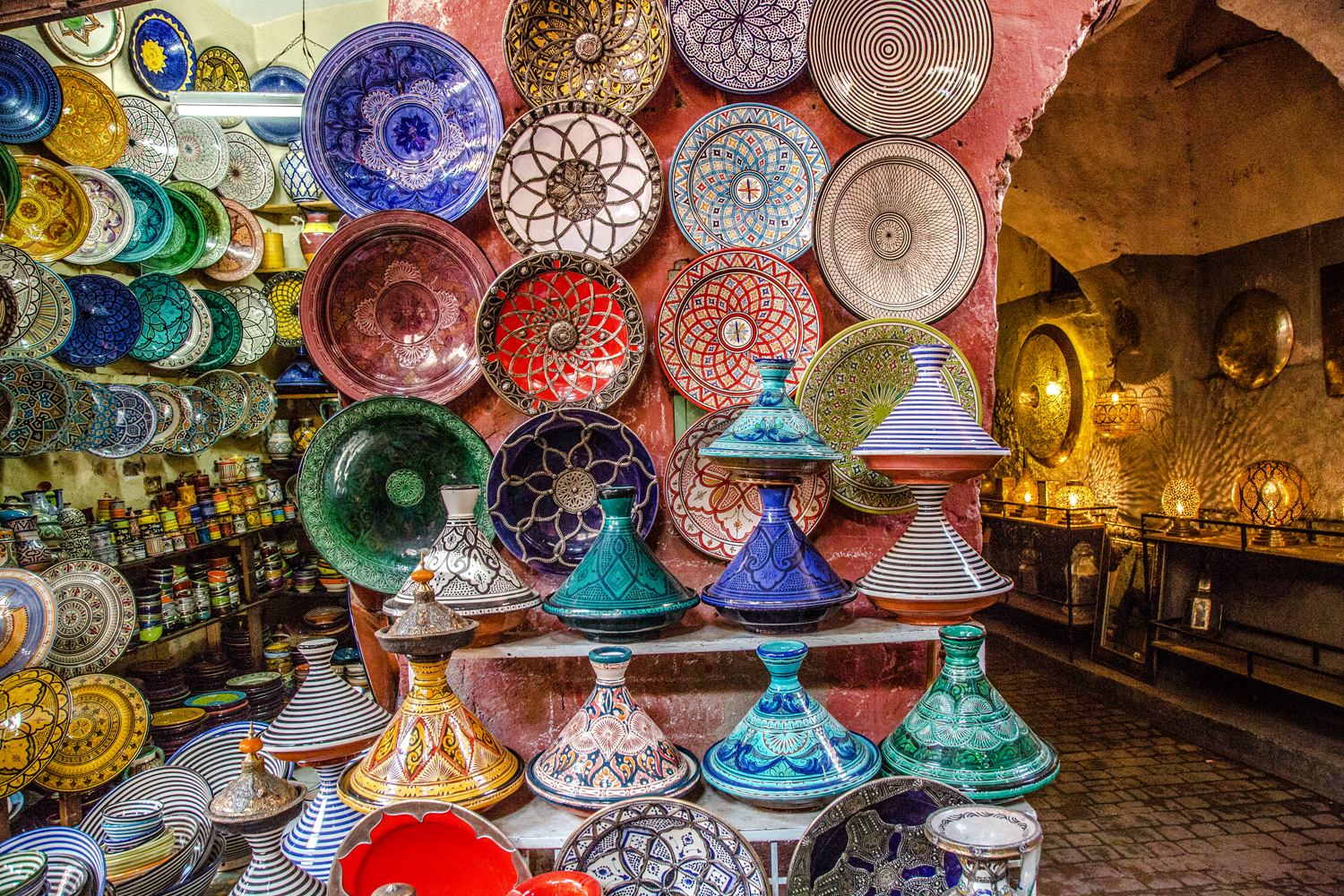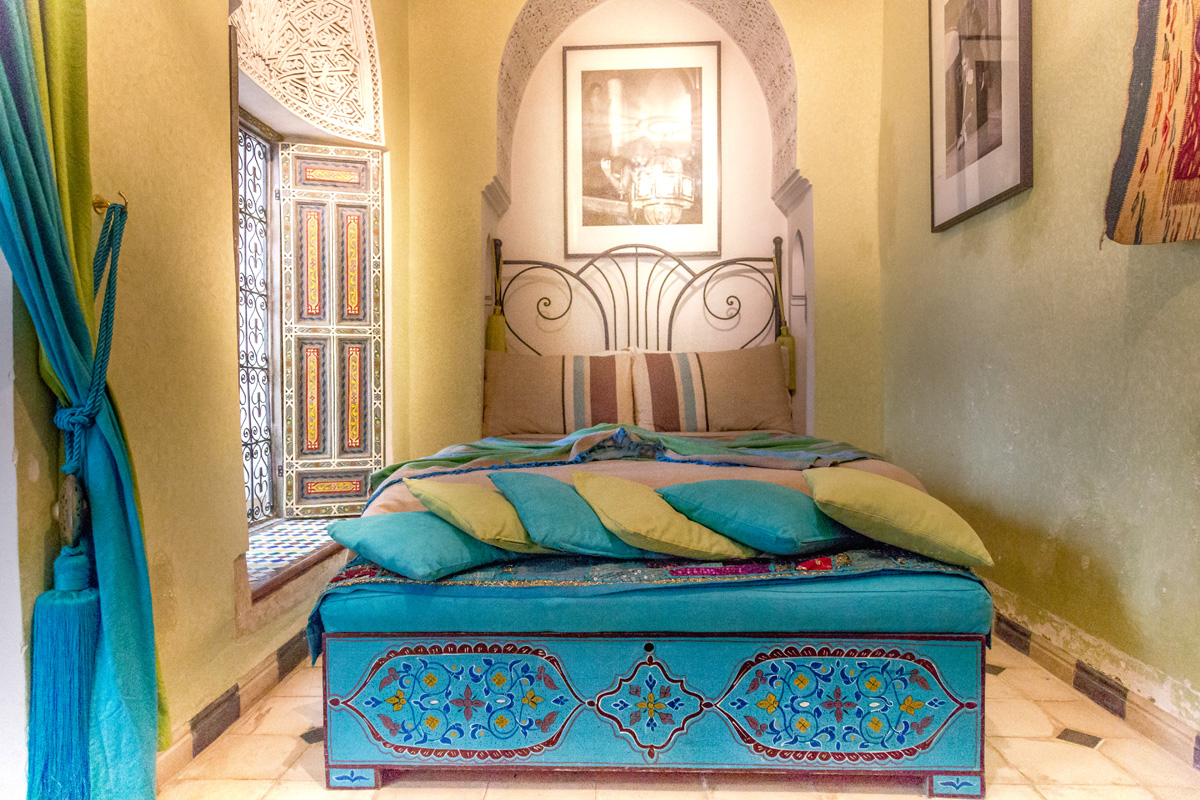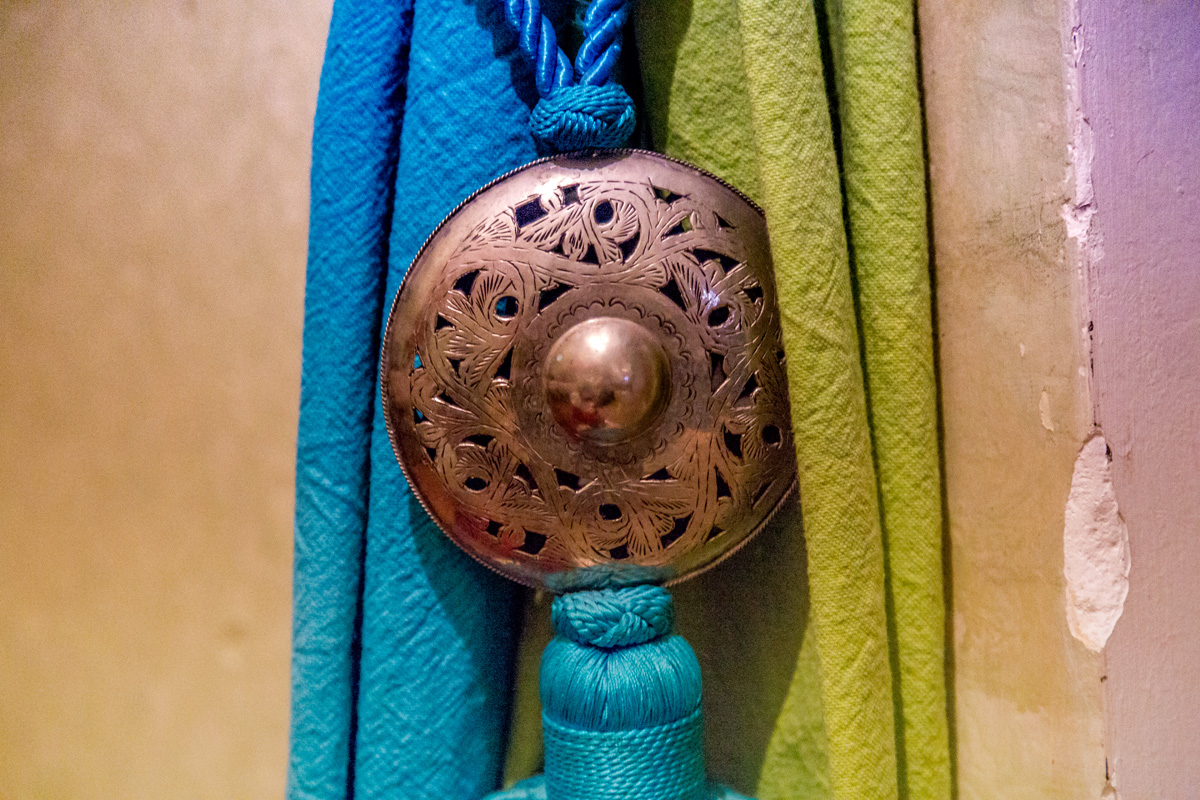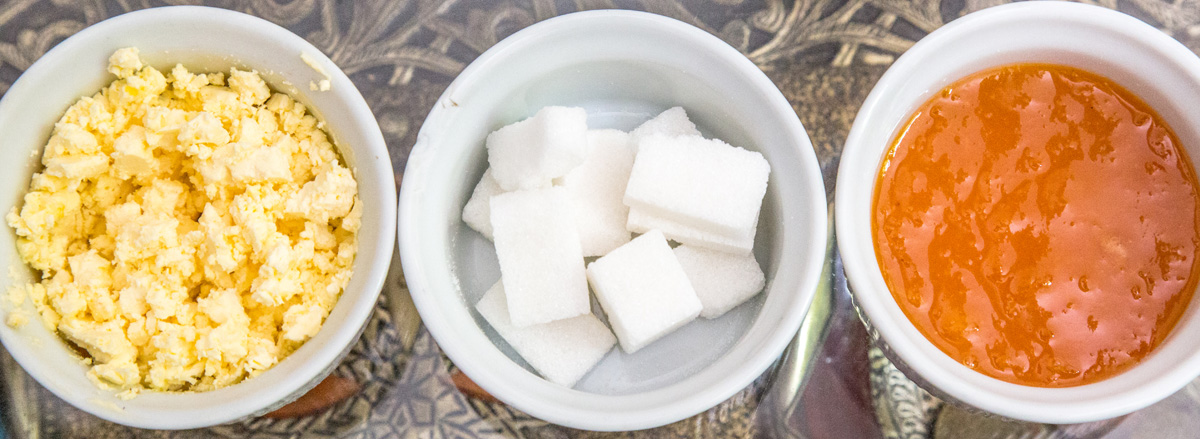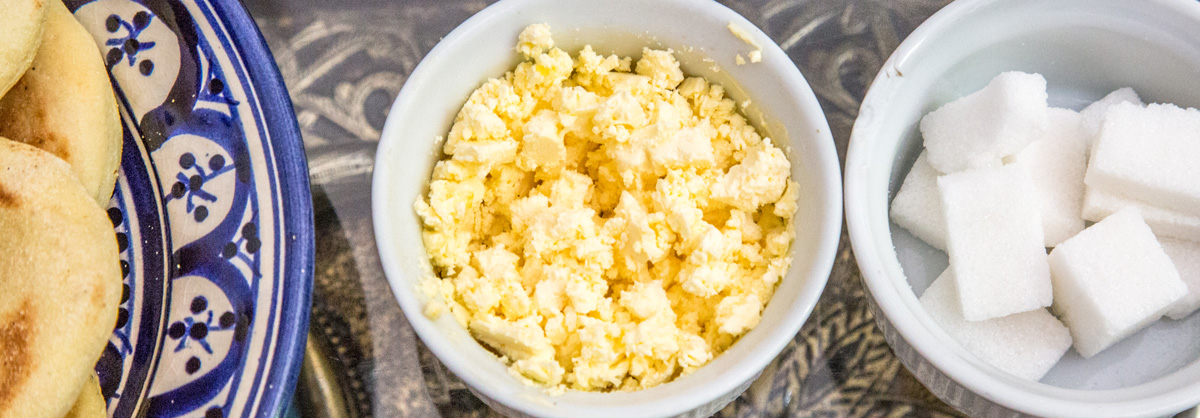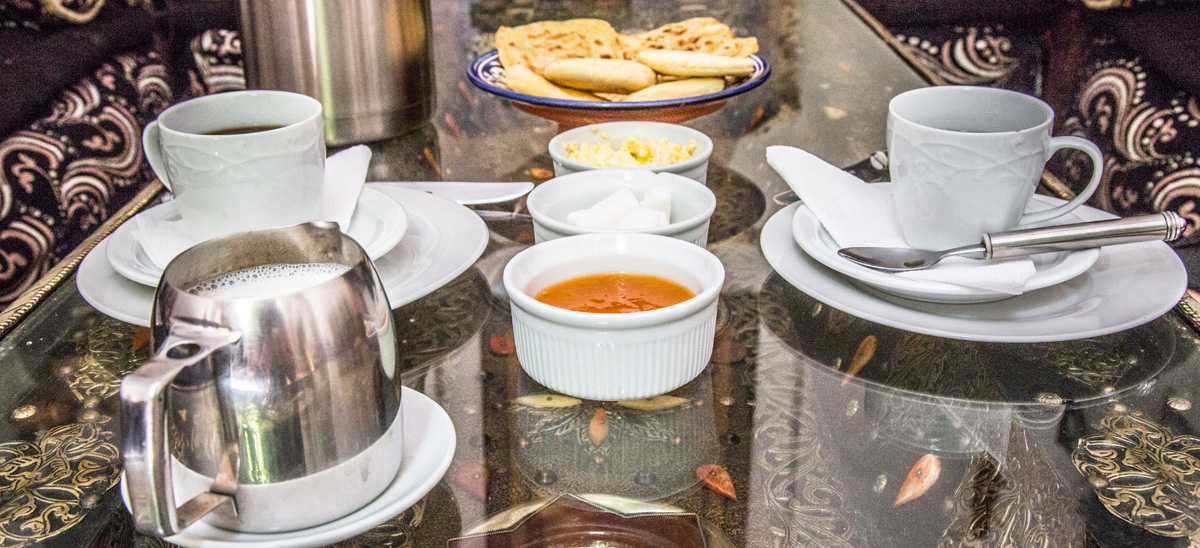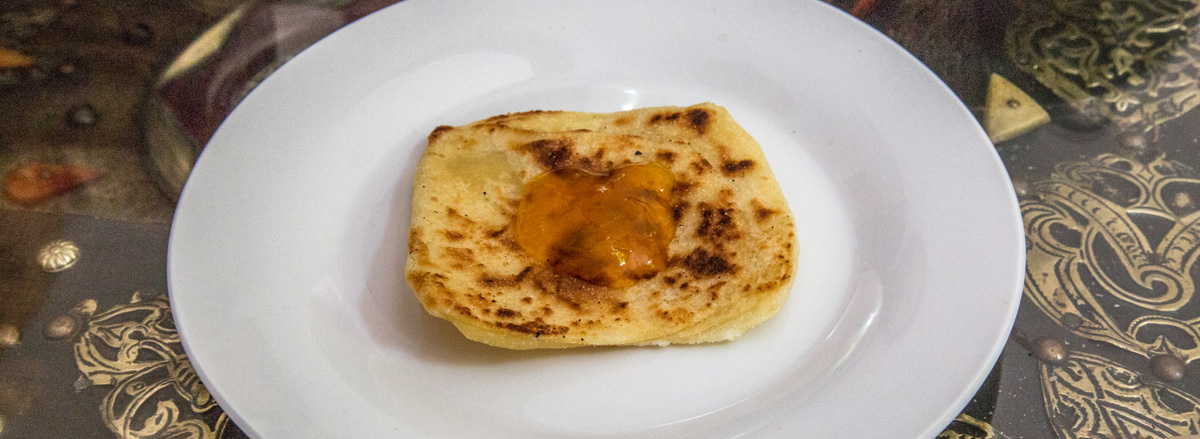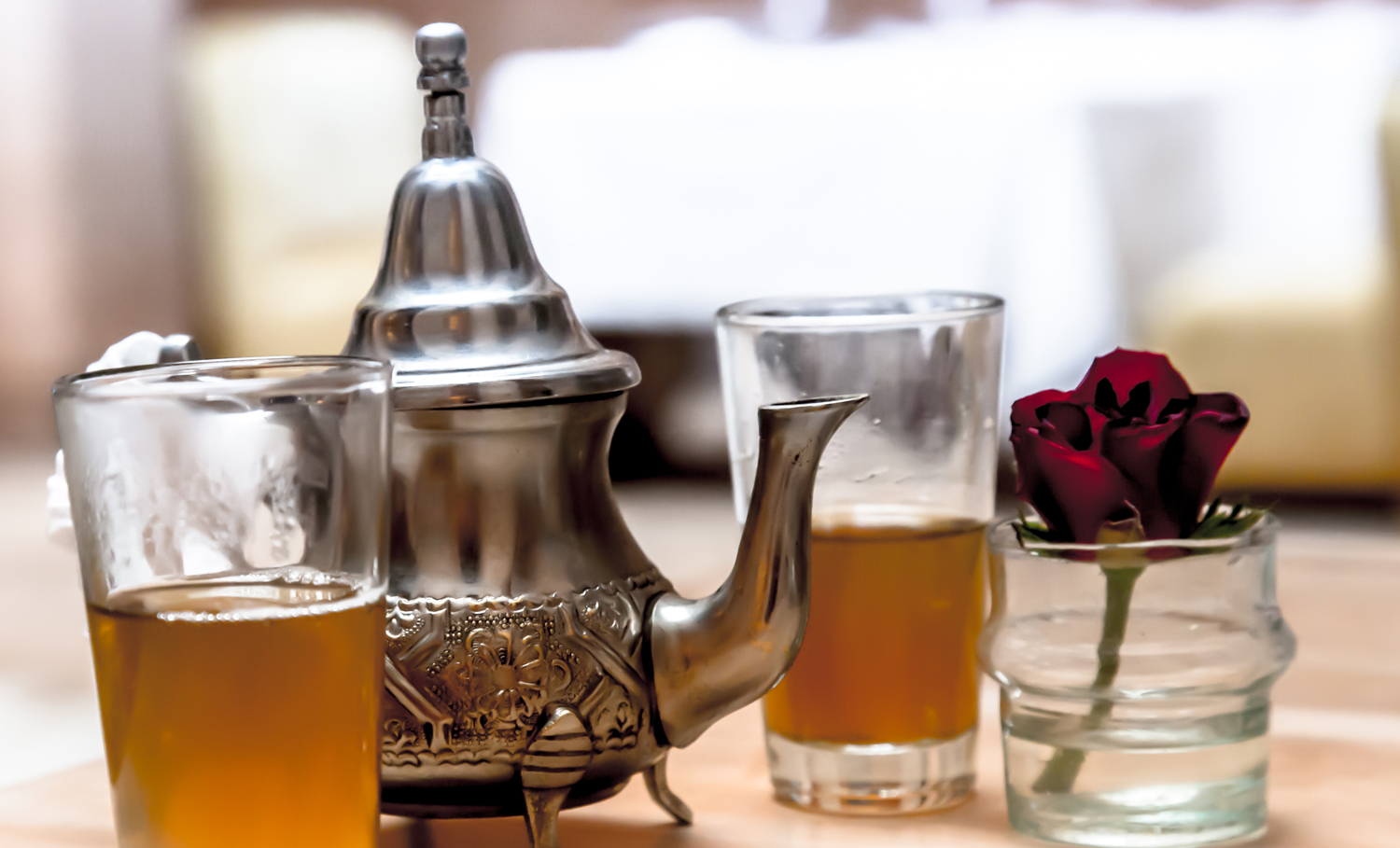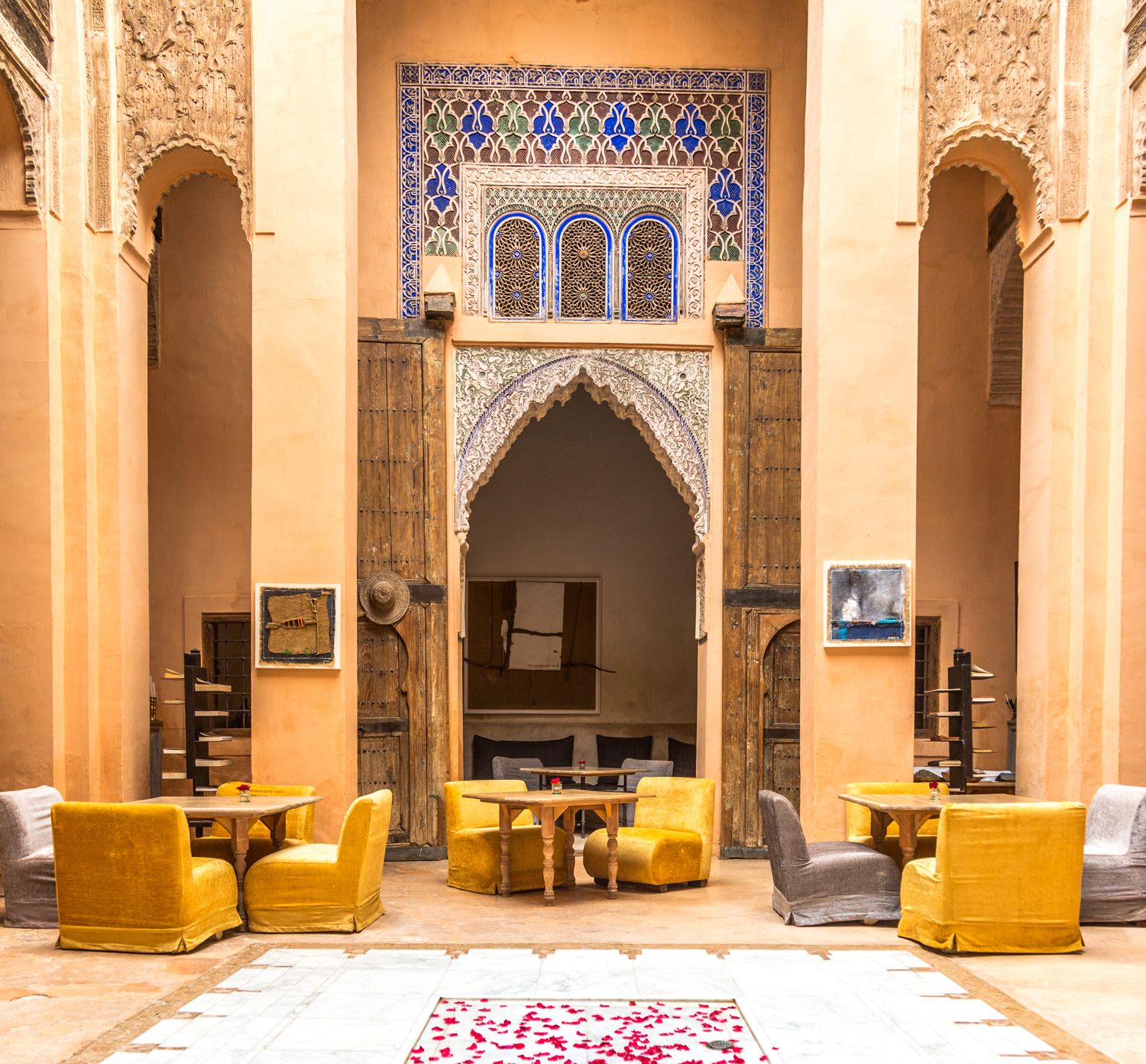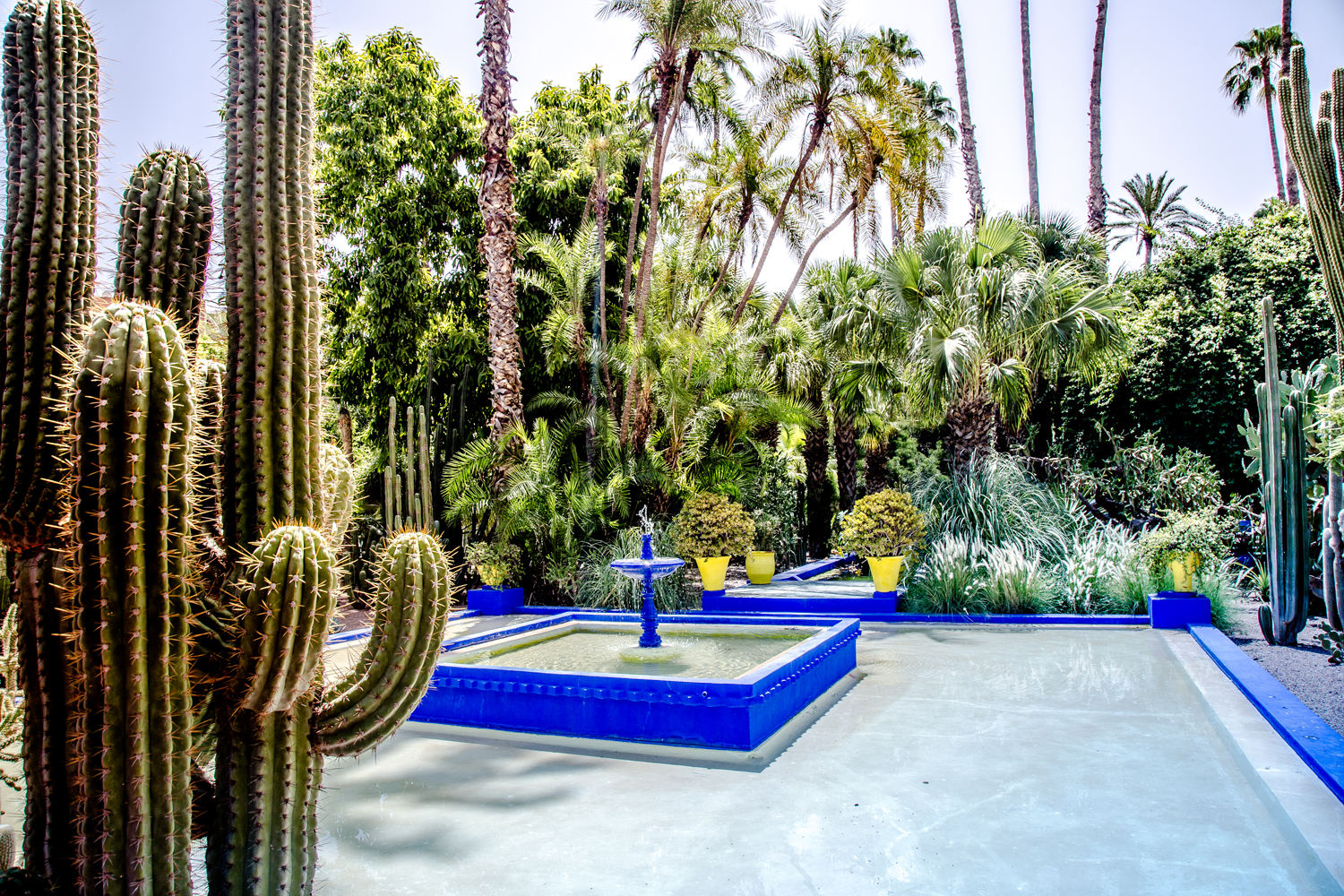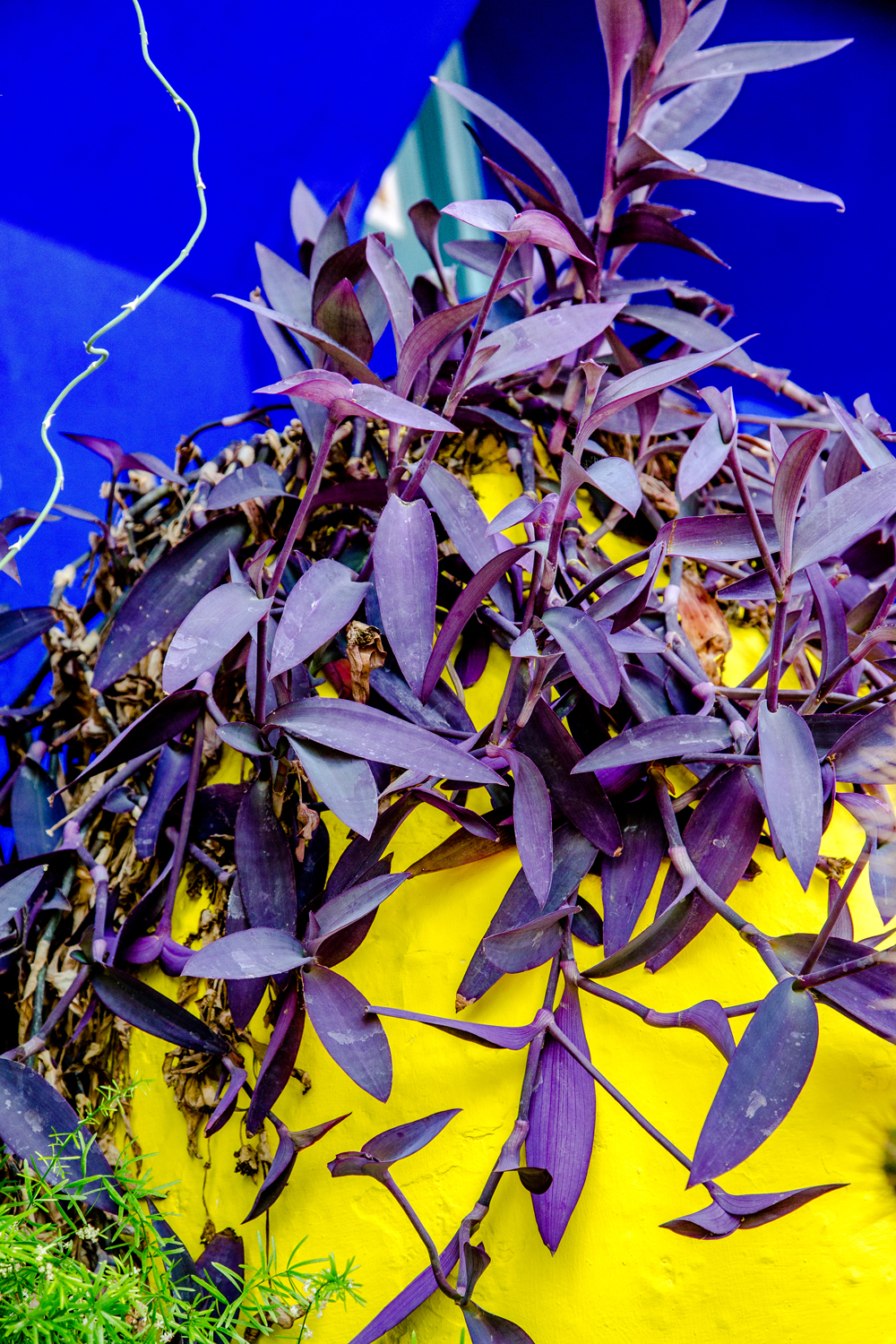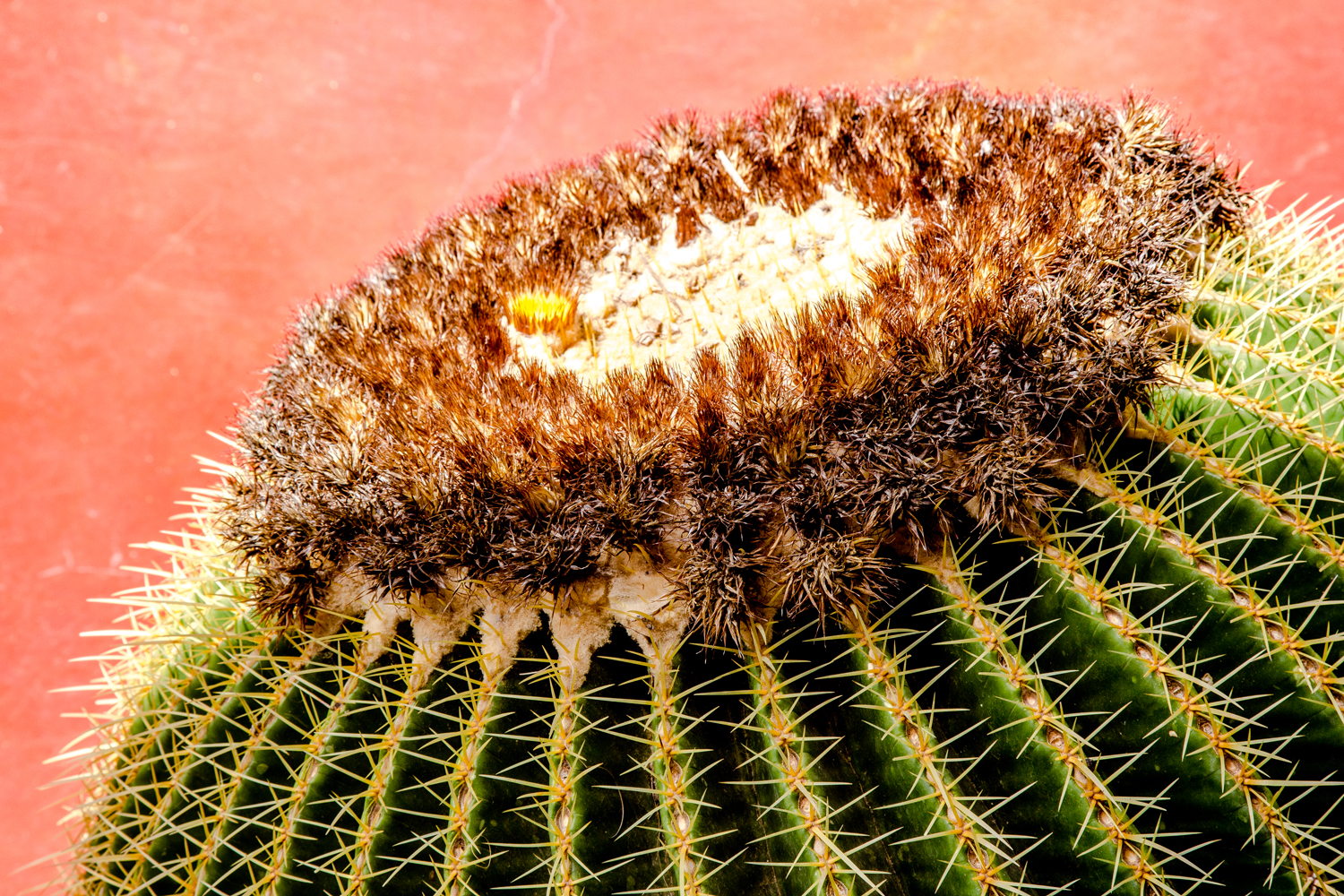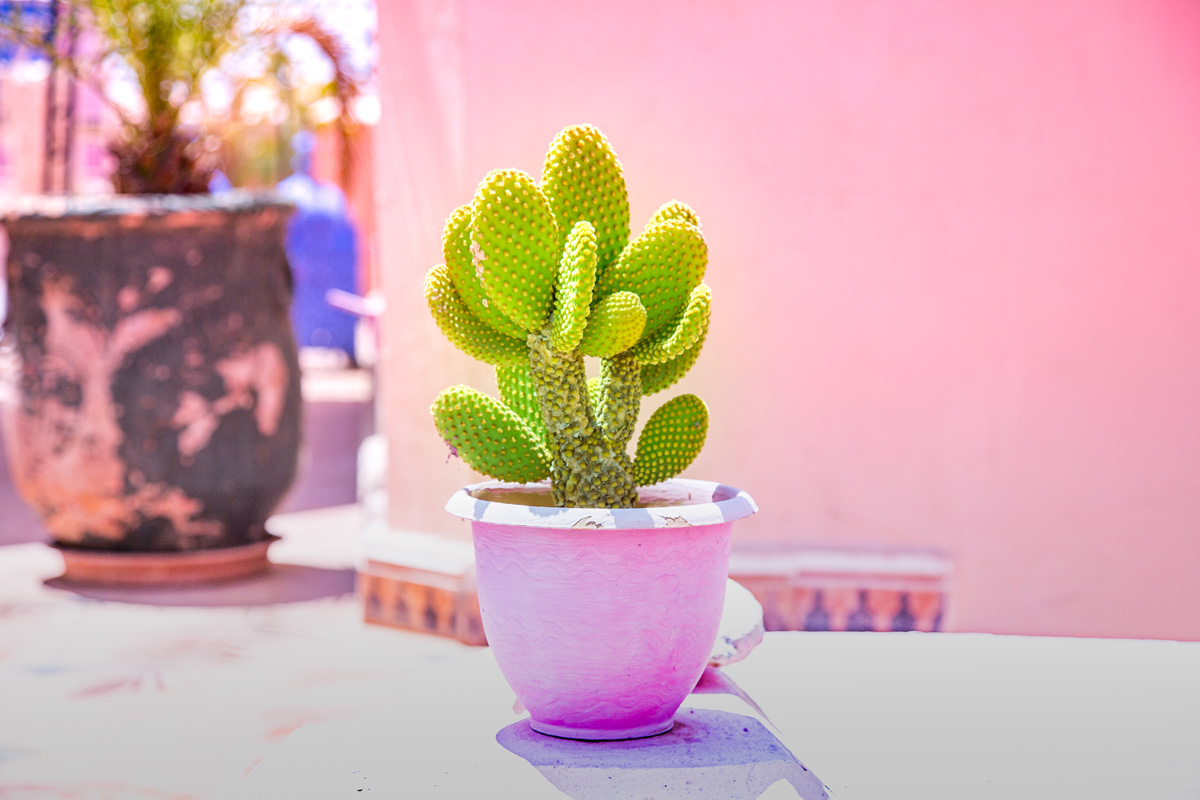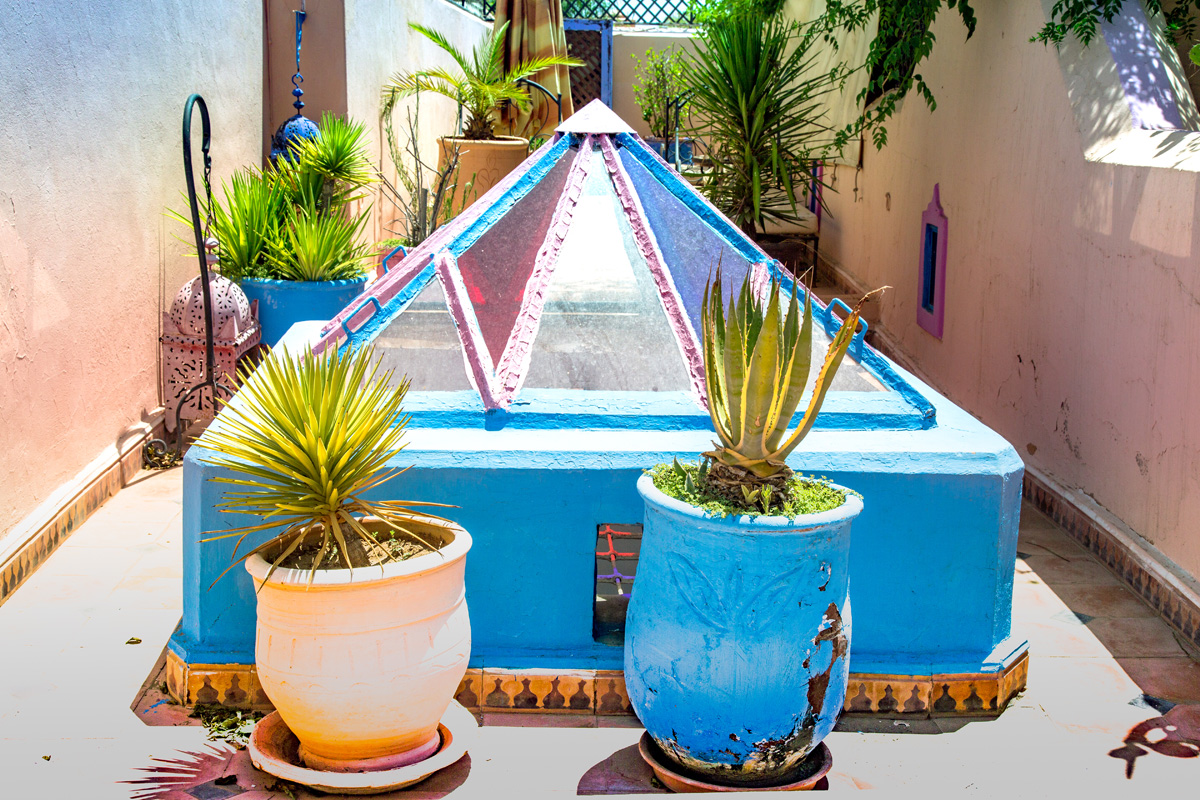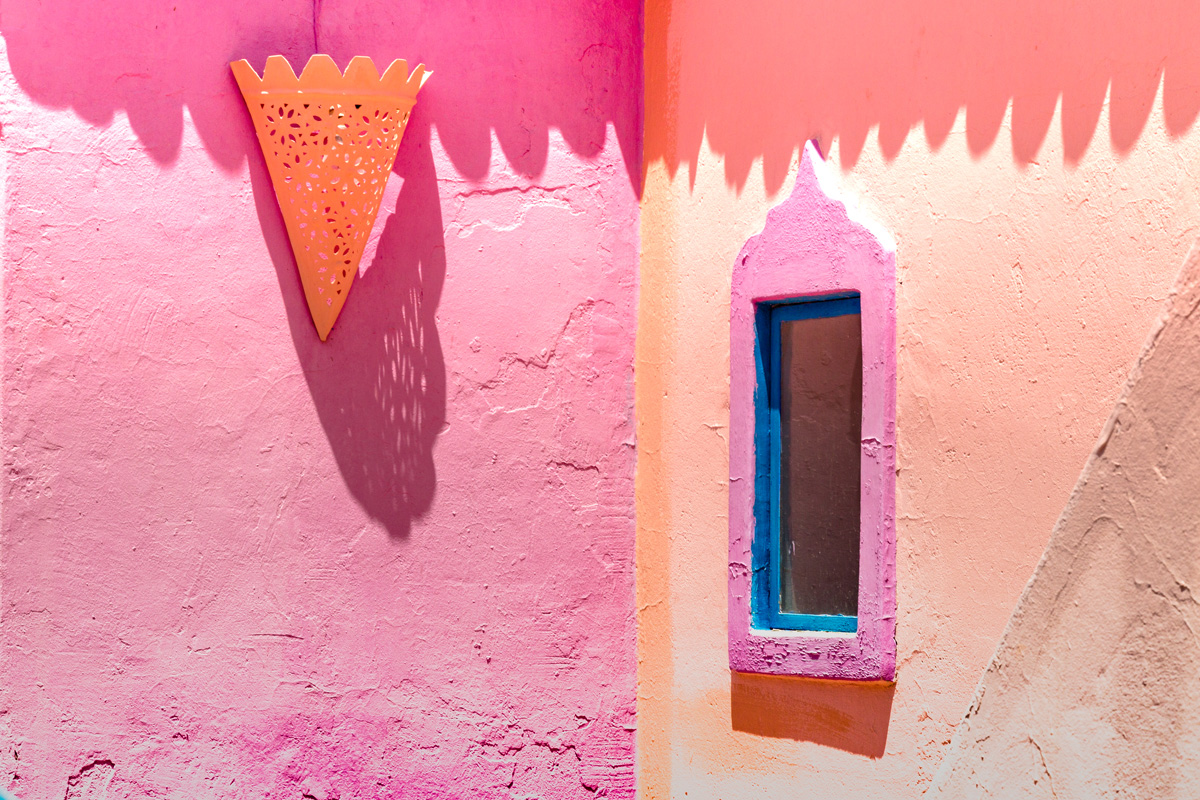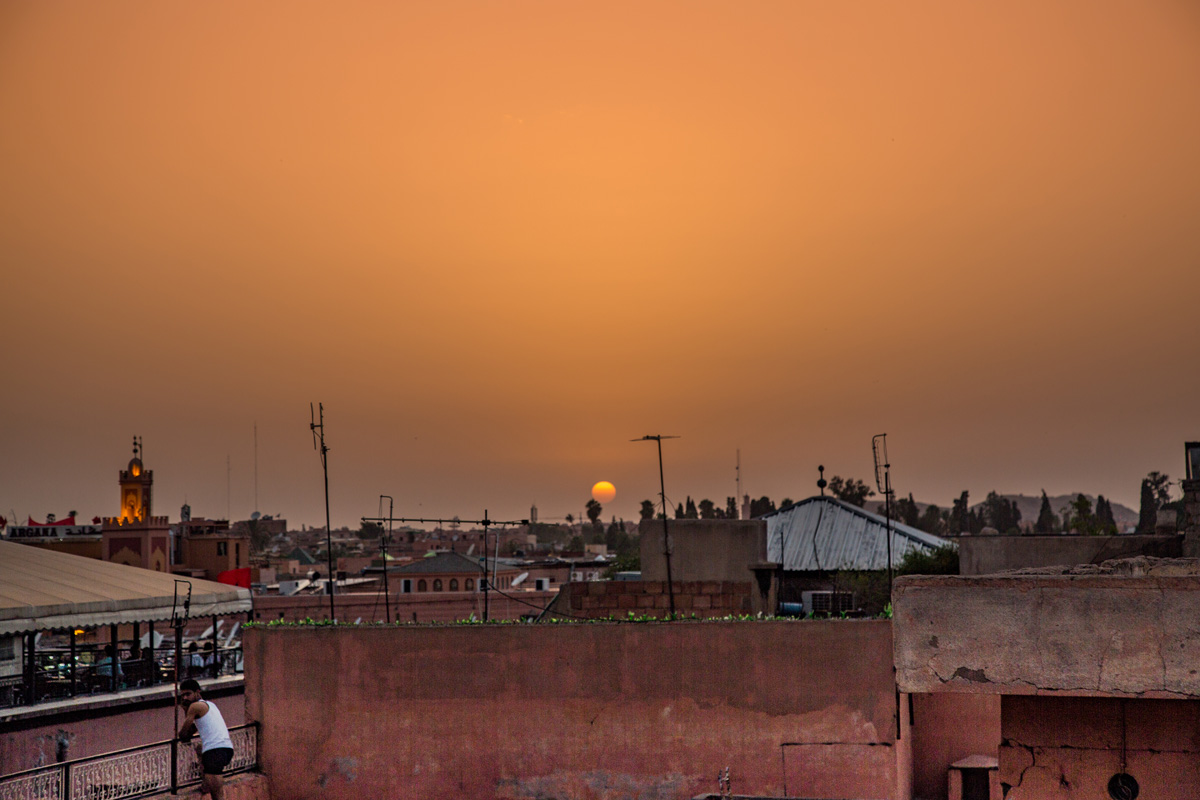Marrakesh has been called the Jewel of the South, Paris of Africa or simply the Red City. Marrakesh is unquestionably the most exciting city in Morocco that you should visit. Here are some Tips from The Tipsy Gypsies that hopefully will inspire you to go!
Jemaa el Fnaa aka The Big Square
Jemaa el Fnaa, is a busy and chaotic city center square, which is often referred to as "The Big Square". It is the most recognized landmark in Marrakesh. Jemaa el Fnaa is where it all begins and ends. Moroccan men standing on the street will constantly try to "guide" you to his shop. If you come here in the evening, you will see many exotic things for tourists like snake charmers, monkeys dressed in doll clothes, henna artists and food vendors but what you can not see in the pictures is the music of the African drums, pipes and the smell of the energy and intensity that this place has. Also from here you can enter the maze of souks.
The Tipsy Gypsies Tip: Jemaa el Fnaa is also a tourist trap, so watch out for people placing monkeys or snakes on your shoulder for a picture. You will need to pay for it. If you actually want a picture like that make sure you clearly ask for the price first. We witnessed one of the snake charmers telling our friend it was 40 dirham for a picture and then he demanded 400. She ended up paying 100, which was still a rip of.
The Tipsy Gypsies Tip: If you find yourself lost in the small streets of the medina, ask any shop owner for directions but never ask the guys on the street. These guys are fake "guides" and all they do is try to confuse you. Many of them work in groups and if you get far from a familiar area you will have no choice but to pay them a hefty fee to walk you out to a familiar area. You might get scammed and pay some money to find your way out but in general the city is safe.
Souks
Laa Shukran , which translates into "No, thank you", is the most common phrase uttered by tourists in the souks. In Marrakesh "No" means "Maybe". It can be a little intense at first walking through the souks and being bombarded with the vendors trying to sell you whatever is in their store. We learned to say " Maybe...later", which for some reason worked much better to stop the aggressive salesman from approaching us.
Another thing you need to learn is to bargain in the souks and in Morocco in general. Don't feel uncomfortable because it is apart of the culture here. Otherwise you might as well say, "take all my money!". Bargaining is like playing a game and you need to be patient. It might take some time, so don't shop right before a dinner reservation. Marrakesh is the best place to shop for handmade everything: textiles, fashion, house decorations, art etc. and it is totally worth buying some beautiful and unique crafts from here.
The Tipsy Gypsies Tip: We traveled to Fez, Chefchaouen, Tangier and hands down Marrakesh has the best tourist shopping in Morocco. We also found the prices in Marrakesh to be better compared to the other cities.
The souks are divided into sections based on the type of craftsmanship. Below are some examples:
Rugs & Textiles
Moroccan rugs are very famous for a good reason. They are handmade, beautifully designed and are great quality. There are a few kinds of rugs you can buy here: sheep wool (the most common), camel wool (expensive) and silk rugs (also pricey). Each rug is unique because the pattern slightly differs depending on the person who made it. Many of these traditional rugs are made by organizations that hire women who are widowed or divorced and otherwise would not have the opportunity to work. But the sad truth is there are also many who claim to sell products made in a co-op but are just trying to overcharge sympathetic tourists so be wary. The Tipsy Gypsies visited one of these co-ops and we learned that rug making is a very hard work. Not only is it strenuous on the back, but it also requires intensive eye focus which is very tiring. For that reason one person will spend only few hours a day making a rug.
Below are examples of the Moroccan wedding blankets. Traditionally women receive and wear these on their wedding day, but they also look fabulous as a wall decoration or bed spread.
The spice market
If you have a rash, can't sleep, you're missing an arm or your wife/husband is cheating on you, the spice market is the place where you can find a cure. We hope you don't suffer from all the above because it can get expensive. The spice market is full of spices obviously aromatics and "magic" herbs, cosmetics and tea. You can also buy the famous aragon oil here (be careful because the cheap ones are diluted). In general whether you believe in the super powers of herbs or not, it's fun to try them out. The vendors are great at explaining what they are used for.
Blacksmith: lanterns, lamps, trinkets, teapot etc
The Tipsy Gypsies Tip: If you wan to buy a metal teapot for use make sure you select the "heavy weight" one. The light weight teapots are used for decorations. A good quality teapot of smaller size, should be around 150 dirham.
Leather: shoes, bags, puffs and anything leather.
Leather shoes are particularly famous in Morocco. You can get a custom pair of slippers made for about $10-20. We asked for vegan, faux leather shoes, and they actually wanted to sell to us fox shoes(jk).
It is so fascinating to see the whole process of manufacturing in Morocco. For example the leather comes from animals that are butchered, the meat is used for cooking and after that the leather is prepared and auctioned in the morning time and sold to a leather vendor who sells it to the different leather goods makers, like a shoemaker. The finished product is then sold to the stores. It's a lot of middle-men, but that way everyone makes a bit of money and has a job. Btw nothing goes to waste in Morocco. Even the scraps from leather instead of being trashed are used to make cool bracelets, key chains and other small decorations.
Hammam
Forget the Swedish massage. When you come to Morocco you must try hammam. Hamman is a bath house with steam rooms where you can get a full body scrub. For Moroccan people hamman is a part huge part of their culture and entire families go to hammams a few times a week.
You can choose to go to a spa type hamman where you will pay anywhere from 250 dirham and up, or you can go to a public hamman. If you choose to visit the public hamman check the hours first. Men and Women have designated hours when they can enter. There is no nudity allowed, so bring your bathing suit. You can bring your own toiletries or you can purchase them at the hamman. You can also hire a professional for a full body scrub. You skin will feel clean, soft and a bit sore.
This is actually what goes behind the scene of hamman. This guy made sure there is enough steam coming into the hamman. He was burning saw dust, old furniture among other things that people brought in. Again, Nothing goes to waste in Morocco.
The man working at the hamman was part of the Gnawa tribe and was also a musician. He entertained us with a beautiful song, which was an old tale about a daughter who was kidnapped for a marriage. Her dad went looking for her and singing the song. The man in the picture is wearing the traditionally decorated hat with a hassle on top. He was making a hypnotizing, circular movement with his head, which the dad in the song did to attract strangers to hear his tragic story about his daughter.
Baker man is baking bread
Every morning the streets of Marrakesh come to life with people carrying trays of freshly kneaded dough ready to be baked at a local bakery. Women knead the dough at home but the baking process is done in a large communal oven. Morocco has many varieties of bread: from round pita'ish type (Khobz), to spongy (Beghrir) popular with breakfast and pancake fluffy (Msemen or Meloui) often stuffed with onions and spices. They are all delicious.
Food
Don't be afraid to eat street food while in Morocco. Sure, be careful where you eat but you must try the fresh olives from the market, the Moroccan msemen pancakes stuffed with onions, prickling pears, or freshly squeezed orange juice and of course nuts and dried fruits.
Water in general should be fine too, but if you want to be 100% sure, drink bottled water. Tap water is fine for brushing teeth.
It's DinnerTime
The name of the game is Tagine. This is the most common dish in Morocco. Tagines are great for both for vegetarians and meat lovers. Moroccans eat a lot of Tagines and so will you. You might get a bit sick of it by the end of your trip, but as soon as you leave you will miss these hot, flavorful dishes.
The Tipsy Gypsies Tips: a lot of tourists buy the Tagine dishes to bring them home. If you decide to buy one and you intend to cook in it, you must first:
Soak it in cold water for few hours (or overnight), dry it and then oil the Tagine with olive oil (if it's unglazed) and put it in a cold oven at 300 F for 2 hours. Wait till it cools and rub the olive oil all over it again.
This process will "cure" the Tagine, otherwise it will crack and break while you bake in it.
Stay in a Riad
Riads are old traditional Moroccan houses with an interior courtyard or a garden. They are very fun to stay in and learn more about the culture and the customs of the locals. Most of the Riads are also located near the city center, which is a plus. The only negative is that they might be a bit hard to find sometimes, due to the crazy city planning, so make sure you communicate with the owners and get clear directions. Most of the riad host will be also happy to come and greet you at the main street.
The Tipsy Gypsies Tip: We found a great riad/hotel (pictures below) in Marrakesh where we stayed during our second part of the trip, that we absolutely loved.
Riad Les Jardin des Lilas is beautifully designed, professionally staffed, the food is fantastic and they have a great small pool in the courtyard that is always empty. The best part about staying here is that they own a few other bigger riads nearby with bigger pools and you have a full access to use them too. We highly recommend this place!
If you are staying at a riad or a hotel your breakfast will most likely consist of khabz, variety or jams, butter, juice, coffee or tea. Simple but delicious!
Moroccan Tea
Since Morocco is predominantly Muslim and Muslims don't typically drink alcohol, they came up with a very tasty drink: mint tea. Moroccans often call the tea "Moroccan Whiskey". Moroccan tea is made with fresh mint leaves and a few scoops of sugar (also good without). It has no caffeine and Moroccans drink this refreshing, aromatic tea all day long. Drinking mint tea in Morocco is almost like a second religion. Everybody will want to welcome you to their home with mint tea. Even when you go shopping the merchants will offer you a cup of tea.
The tea is served in beautiful metal tea pots which is poured into an ornate glass.
There is only so much mint tea that you can drink, so if you had enough and you need something stronger read about the secret alcohol that Moroccans drink here.
The Tipsy Gypsies Tip: We enjoyed our Moroccan tea in a beautiful setting of Dar Cherifa (pic below). This place is gorgeous!
Garden Majorelle
This botanical garden was designed by a French painter Jacques Majorelle, and it is also known as the secret hideout for Yves Saint Laurent and his lover. Yves Saint Laurent purchased the estate in the 80's and decided to restore it and save it from plans of turning it into a hotel.
Rooftops
Rooftops are great in Morocco for eating breakfast (if it's not too hot), sunsets and... watching what the neighbors are up to while hanging their laundry.
Sunset and drinks
For incredible sunset views and the best happy hour in Marrakesh visit Le Salama. It is the only place in Marrakesch near the old medina where we found a Happy Hour. Food at Le Salama is delicious and the staff is super friendly. Ask for Khalid, the manager, he is the best thing that will happen to you in Marrakesch. Make sure you say "cheers" to him from The Tipsy Gypsies.
